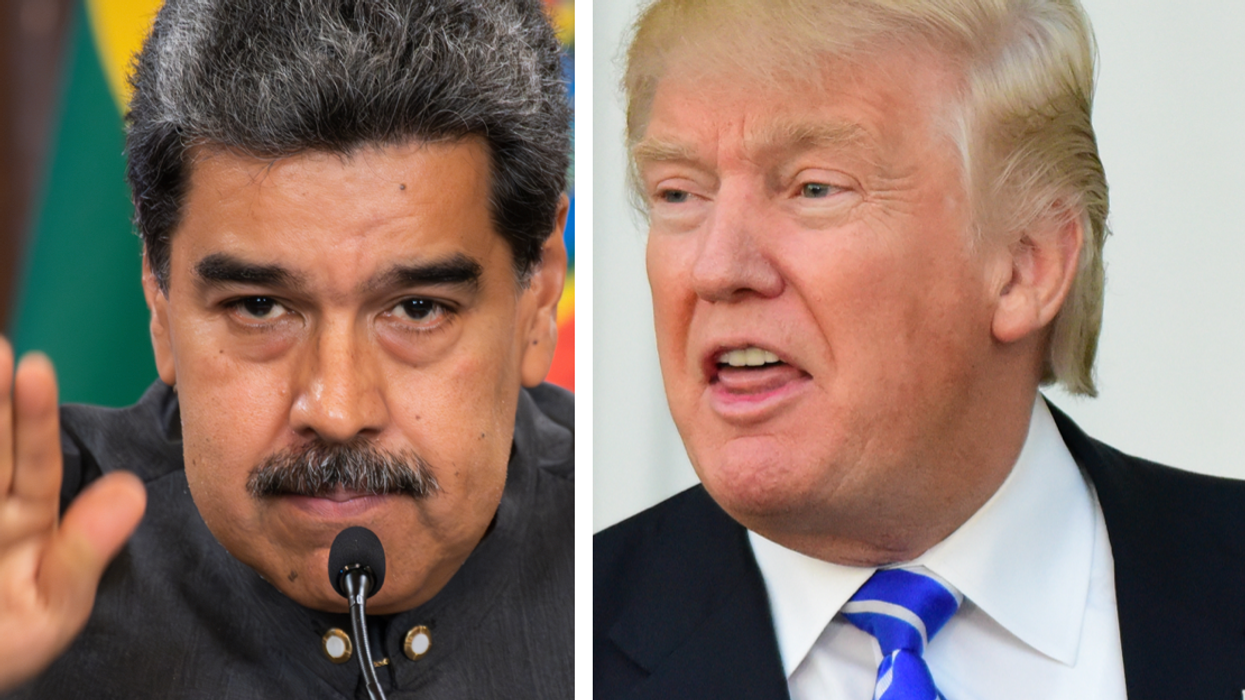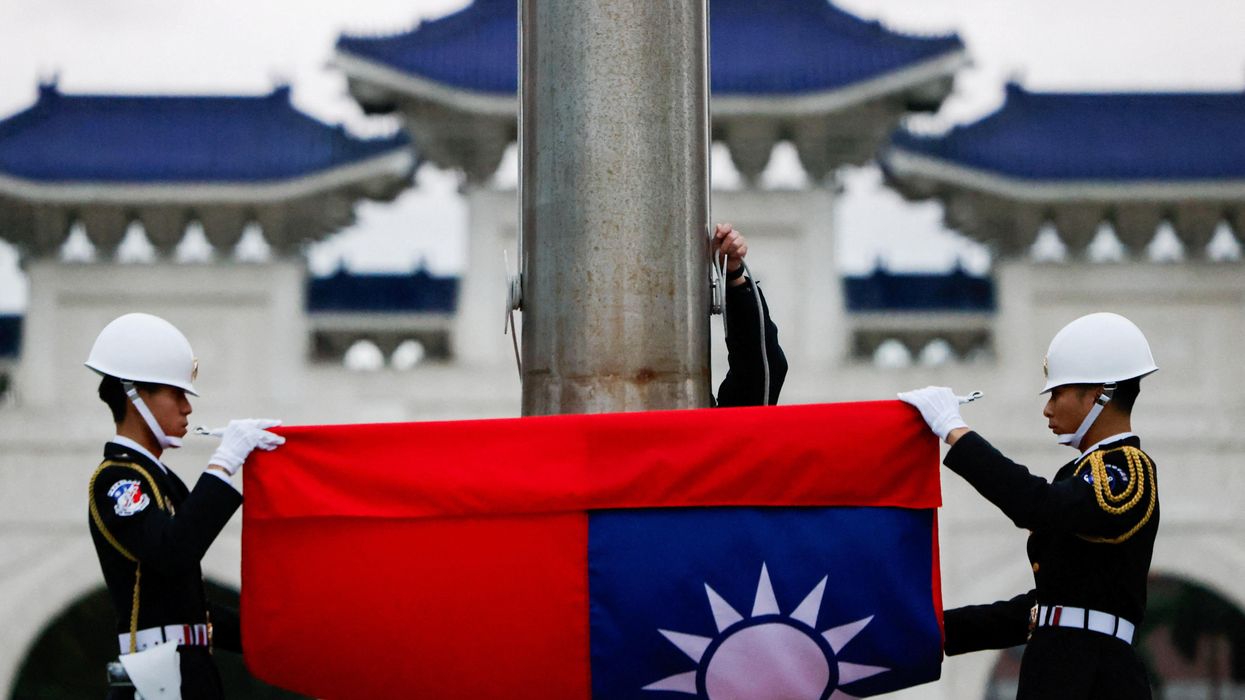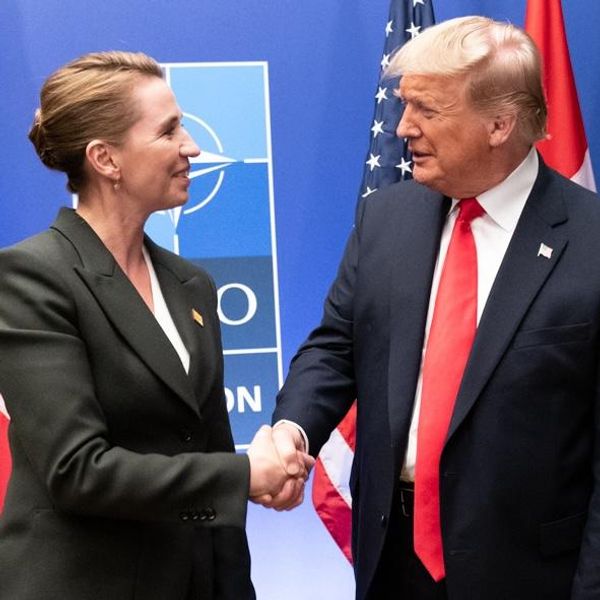Secretary of State Anthony Blinken arrived in Israel on a formal visit Sunday amidst spiking bloodshed between Palestinians and Israelis. Yet the main topic driving the visit was not local Israeli politics but the Iran threat.
Although Blinken was the highest profile U.S. official in Jerusalem, his arrival came hard on the heels of two other significant American visits last week: national security adviser Jake Sullivan, the first senior administration official to visit since Prime Minister Netanyahu took office, and CIA Director Bill Burns, who arrived 24-hours after Sullivan. Why so many heavy-hitters in Jerusalem at the same time?
Meanwhile, Blinken touched down just hours after an explosion at an Iranian defense complex in Isfahan which U.S. officials said Israel had engineered. Simultaneously, a fire erupted in an oil production unit in Iran’s eastern province of Azerbaijan, though the Iranian government denied it was due to foreign attack.
Not to be left out of the game, Mykhailo Polodyak, adviser to Ukrainian President Volodymir Zelenski, tweeted Sunday morning: “Explosive night in Iran — [Ukraine] did warn you,” prompting the Iranian Foreign Affairs Ministry to summon the Ukrainian charge d'affaires to clarify that Ukraine was not behind the attack.
Several complex strategies are in play connecting different foreign policy goals on a single game board. There are many players in each strategy, with the United States, Israel, and Russia the biggest pieces, and the rest are pawns.
Game 1: The Abraham Accords
The first strategy involves Israel, Iran, the Palestinians, the United States, and Saudi Arabia. Blinken’s state visit to see Netanyahu was a key photo op to show the Biden administration’s support for Israel, and comes days after both had engaged in one of the largest military exercises ever, Operation Juniper Oak, in preparation for a possible future attack on Iran. Washington and Jerusalem are in full agreement that Iran is a threat. But they don’t agree on steps to contain it.
Washington is hoping that building up the Abraham Accords, a deal that has warmed relations between Israel and several Gulf States over the past four years, can be expanded to put more pressure on Iran. That means bringing Saudi Arabia into the Accords. But as long as Israel isn’t offering a peace agreement to the Palestinians, Saudi Arabia won’t budge.
The rising violence between Palestinians and Israelis therefore couldn’t have come at a worse moment for Blinken’s visit. Smiling next to Netanyahu at their press conference, Blinken spoke of peace and a two-state solution; Netanyahu, also smiling, spoke of a “workable solution,” a difference in language those in Riyadh surely have noted, scuppering any chance Saudi Arabia will join the Accords and formalize its alliance with Israel.
This means the U.S. plan for a grand Middle East pact against Iran has slipped down a snake and must wait — perhaps until Netanyahu visits Washington. Blinken just issued the invitation as part of his visit, hoping this will lead to a ladder.
Game 2: The Ukraine Twist
The second strategy involves Israel, the United States, Russia, Iran, Ukraine, and Syria. The willingness, and the speed, of U.S. officials to pronounce the Isfahan explosion the work of Israel points to a possible agreement between Sullivan and Netanyahu on continuing the shadow war that Tehran and Jerusalem have been waging over the past few years. Having taken a break during the Lapid government, Netanyahu’s reprise of the premiership has sent it back up the ladder.
So, where does Ukraine fit into this? One of Biden’s policy positions has been to pressure Israel into taking a stronger stand in support of Ukraine. But Israel has balked, and for a very good reason. It has a deal with Russia that is critical to its Iran containment game. When Israel attacks Iran’s installations in Syria, which it does regularly, the deal is, Moscow looks the other way. Israel has not wanted to alienate Russia, therefore, by openly supporting Ukraine in the war.
The question for Israel has been how to get up the ladder in support of American aims without upsetting Russia? The answer: attack Iran’s arms manufacturing installations, so it can’t send drones to Russia (though it is not clear at this time whether drone manufacturing was targeted at all).
Delighted, Polodyak's tweet revealed Ukraine knew the state of play. That sent Iran up a ladder, as it will manufacture more drones underground from now on, to avoid further Israeli attack. But, Israel’s up a ladder too, since it avoided Russian wrath while helping Ukraine.The concert of U.S. visits to Israel comes out a draw. The game board meanwhile is crowded with players, more like Risk, than Snakes and Ladders, but vividly shows how much the Middle East is now part of the Ukraine War.
















